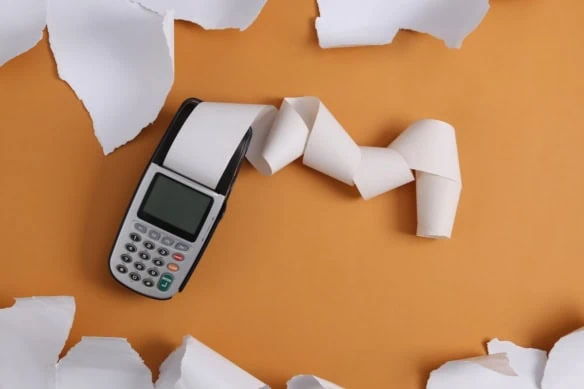Buyer’s remorse is the worst. Sometimes, you buy a cheap item that quickly breaks, making you wish you had paid more for something better. Other times, you splurge, then immediately regret spending so much on an item.
Which, admittedly, it can be very challenging to know when to be frugal and when to pay up.
Today, we’ll try to help you avoid at least a few instances of buyer’s remorse by outlining a few products where buying the cheapest option makes the most sense. These cheap items either work just as well as their more expensive counterparts, or they’re used too briefly to necessitate a higher quality.
Either way, feel liberated to save money on these items so you have more money available to use where it counts.
Featured Financial Products
Table of Contents
Don’t Overspend on These Products

If you’re looking for a little room in your budget and want to know where to cut costs, feel free to go cheap when it comes to these products.
We’ve said before that it often pays to splurge on certain items. Cheap doesn’t always mean value, after all.
But in the case of the following products, cheap doesn’t make much of a difference. In many cases, there’s little difference in quality, and many of these items will only be used once or twice.
All listed prices current as of the original publication date. Prices may change over time.
1. Medicines

You might get burned by cheap knock-offs of, say, designed purses or popular toys. But when it comes to medicine, generics are every bit as good as the real McCoy.
“FDA-approved generic medicines work in the same way and provide the same clinical benefit and risks as their name-brand counterparts,” says the U.S. Food and Drug Administration.
Generic versions must have the same effectiveness and quality. The government doesn’t just trust generic medicines to follow those rules either. Through the FDA’s Generic Drugs Program, medicines go through a thorough pre-approval review, and they must meet the same standards as name-brand drugs.
And yet, while generic and name-brand drugs are required to have the same strength and stability, they often come with vastly different price tags.
For example, Target currently sells Claritin Non-Drowsy allergy pills with 10 mg of loratadine as the active ingredient. The cost for 70 tablets is $41.99. However, Target’s Up & Up branded non-drowsy allergy relief pills, which also contain 10 mg of loratadine, cost just $8.39 for 70 pills.
In short: You can save a lot by purchasing cheaper generic medicines without sacrificing quality.
Related: 5 Best Fidelity Retirement Funds [Low-Cost + Long-Term]
2. Party Supplies

Balloons, streamers, paper plates, and other party supplies are typically used for just a few hours before they’re tossed. So, considering you aren’t going to reuse these items, it often makes sense to go with the most inexpensive versions.
Dollar stores tend to have cheaper options than stores that focus solely on party supplies. For example, Dollar Tree currently has 7-inch, red paper plates that cost $1.25 for a 30-pack (varies by location), which comes out to around 4¢ per plate. Comparatively, Party City has a 20-pack of 6.75-inch plates for $2.50, or a 50-pack for $4.00. Even if you get the 50-pack, that comes out to 8¢ per plate.
While it’s possible the Party City plates are of a higher quality, paper plates are single-use products. Unless you know you’ll need that extra heft because people will be piling on the food, feel free to cheap out and spend that money on more important aspects of the party, or gifts.
Related: 7 Best High-Dividend ETFs for Income-Minded Investors
3. Gift Bags + Tissue Paper

Party throwers aren’t the only ones who should save money by purchasing cheap supplies—partygoers should, too.
There’s no need to buy expensive gift bags and tissue paper. While people might momentarily marvel at the cute designs, no one will remember the quality of the bags and paper.
Indeed, people can (and should) reuse gift bags and tissue paper where possible. Unfortunately, most people just throw these items away. Respondents of a 2021 poll conducted by OnePoll on behalf of Avocado Green Mattress estimate they average 43% more waste during the holiday season, which adds up to around 29 pounds per week. The bulk of this trash is wrapping paper, gift bags, and tissue paper.
Rather than spend excess money on the prettiest gift bag and most colorful tissue paper, spend a little more on the gift itself. I promise people will remember the present more than the packaging.
Related: Should I Pay Off My Mortgage Before I Retire?
4. Vitamins + Supplements

Maybe you have a known vitamin deficiency. Or maybe you just take a multivitamin every day to make sure all of your bases are covered. Either way, you might have wondered whether name-brand vitamins and supplements are superior to generics.
The answer? Not necessarily.
Pricey and cheap vitamins alike can be well-manufactured, or they can be poorly made and packed with fillers. So when you’re shopping for vitamins and supplements, you should be less concerned about the brand and more concerned about the dosage. Always get the dosage recommended by your doctor (more isn’t always necessarily better). Once you’ve found comparable products with similar dosages,
When you’re vitamin and supplement shopping, you should be less concerned about the brand and more concerned about the dosage. Always follow the dosage recommended by your doctor—more isn’t necessarily better. Once you’ve found the proper dosage, per a doctor’s instructions, you can compare your options for the best price and choose the cheapest option.
For example, let’s say a medical professional instructed you to take 50 mcg (2000 IU) of D3 per day. Walgreens sells NatureMade D3 supplements in that dosage at $27.99 for 250 softgels. Alternatively, you could get the Walgreens version with the same dosage and 300 softgels for $24.99. In this situation, it makes sense to buy the cheaper version.
Featured Financial Products
Related: Stop Shrinkflation! 10 Products Affected + Tips to Save Money
5. Baby Clothes
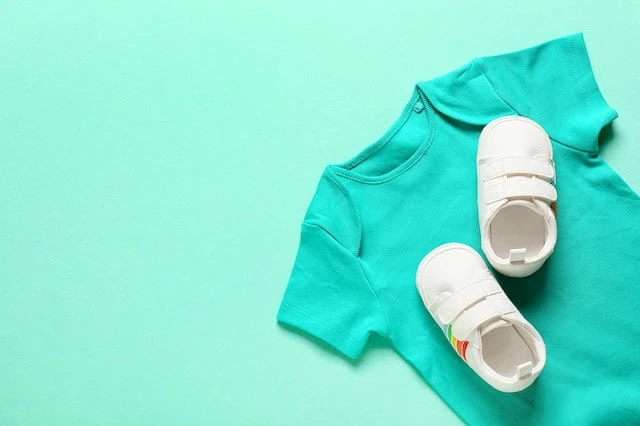
Who doesn’t love to splurge on baby clothes? But if we’re being real: Your baby has no idea if they’re wearing Burberry (yes, Burberry baby clothes are really a thing) or thrift-store clothes.
Baby clothing gets dirty very quickly. And it won’t take long before they’ve outgrown it—babies often go up a clothing size around every 10 weeks. So considering what little mileage you’ll get out of baby clothes, it makes much more sense to choose more affordable options.
Your child will look just as cute no matter what the brand is. And your baby doesn’t care about the name on the label.
Save your money to invest in a higher-quality wardrobe once your kids are older, not growing so fast, and care a little more about name brands.
Related: 9 Best Fidelity Index Funds to Buy
6. Basic School Supplies
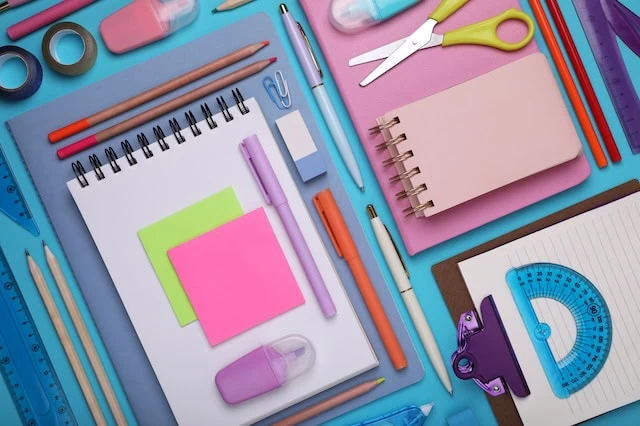
Schools typically send back-to-school shopping lists to parents as each new academic year approaches. And school supplies aren’t cheap. Data from ecommerce accelerator Pattern shows that the cost of the most common school supplies rose by 5.45% from 2022 to 2023. The popular products that rose the most were graph paper, mechanical pencils, highlighters, folders, index cards, and crayons.
Given that most school supplies are consumables, it typically makes sense to get the cheapest options. Your kindergartner doesn’t need fancy Crayola crayons, which will soon break in half anyway; generic crayons will suffice. Plus, some schools pool all of the supplies, so your child won’t necessarily be using the products you bought anyway.
Related: 9 Monthly Dividend Stocks for Frequent, Regular Income
7. Textbooks

The older you get, the more expensive your education gets.
One expense that keeps on rising is textbooks. According to data from the Education Data Initiative, as of the 2021 to 2022 school year, the average postsecondary student paid between $628 to $1,200 annually for books and other supplies. And the average price for hard-copy textbooks fell between $100 and $150; some are much higher.
Ultimately, a textbook is a textbook—as long as you’re getting the right one, it doesn’t matter how much you paid for it. So shop around. Sometimes your college bookstore might have the best price. Sometimes you might do better buying online. And don’t be afraid of used copies, as long as it’s an acceptable edition. (Plus: Notes written in the margin can actually be useful!)
Stick with the cheapest textbooks you can get—you’ll learn just as much.
Related: 10 Cheapest Places to Buy a House
8. Frozen Vegetables

It’s always smart to have some frozen vegetables on hand as a healthy meal addition, especially because they’re typically more affordable than fresh veggies.
No matter the brand, vegetables are usually frozen at peak freshness. That means generic versions should be just as good as more expensive name-brand vegetables.
Rather than brand, you want to pay attention to other factors, such as whether the vegetables are organic, whether they’re flash frozen (the preferable method), and whether they have any additives. For example, someone following a low-sodium diet wouldn’t want frozen vegetables with sodium added.
A few of the best vegetables to buy frozen include, but aren’t limited to, green peas, corn, butternut squash, lima beans, broccoli, and cauliflower. Green peas are frozen at peak maturity so, unlike fresh peas, their quality doesn’t quickly decline. Cruciferous vegetables are actually easier to prepare frozen, and this is an excellent way to get seasonal vegetables any time of the year.
While vegetables aren’t the most expensive items to begin with, those savings can nonetheless add up over time. For example, at my nearest Target, you can get a 10.8-ounce bag of Birds Eye Steamfresh broccoli florets for $1.99, which is about 18¢ per ounce. Alternatively, you could spend only 99¢ on a 12-ounce bag of Good & Gather Steam-in-Bag broccoli cuts, which is around 8¢ per ounce. The Birds Eye broccoli does have a higher rating, but it’s a very slight difference of 4.6 out of 5 stars versus 4.4 stars; and of course, individual tastes will vary.
Related: WealthUp’s Winningest Tech Stocks for 2024
9. Planting Seeds
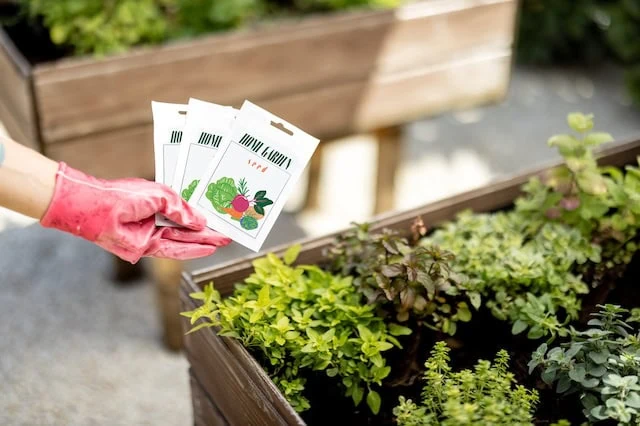
If your garden plants aren’t growing, don’t blame cheap seeds.
The Federal Seed Act (FSA) “requires that seed shipments between States are labeled with certain quality information necessary for seed buyers to make informed choices.” This includes purity percentage, germination percentage, chemical seed treatment (if applicable), and kind of varietal identification. Seed lots are regularly tested to ensure FSA compliance.
This means you can buy the cheapest seeds for a certain species and cultivar and expect the same results as you would get with more costly seeds.
A green thumb isn’t included, though, so some gardening knowledge is still required. And hey: If you start a robust garden with cheap seeds, you might be able to reduce your grocery budget.
Related: Say Goodbye! These 10 Things Are Fading Out of Existence
10. Pregnancy Tests
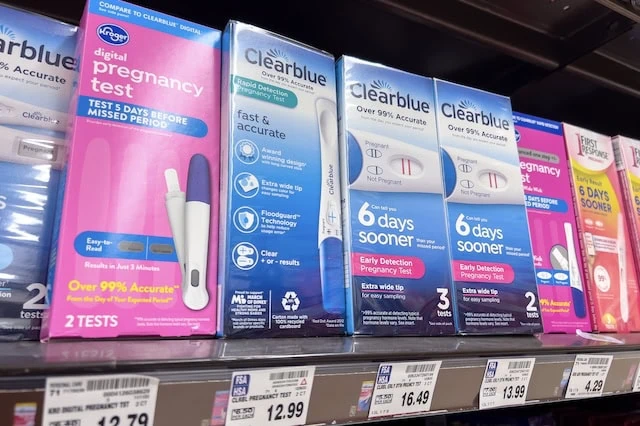
The idea of taking a cheap pregnancy test might give you pause. But all that really matters is the accuracy—and assuming you take the test correctly, home pregnancy tests are typically going to be 98% to 99% accurate, regardless of brand.
Indeed, the tests you buy at a dollar store are going to be every bit as accurate as an expensive name-brand test. The difference in price is usually for features like faster results or an easier-to-read interface.
So if cost is a concern, you can opt for the cheapest pregnancy test without worry.
By the way: If you want to achieve that high accuracy rate, make sure not to test too soon (about two weeks past potential conception is usually good), test in the morning (your urine is more concentrated), and ensure none of your current medications are known to affect results.
Featured Financial Products
Related: 12 Best Long-Term Stocks to Buy and Hold Forever
As even novice investors probably know, funds—whether they’re mutual funds or exchange-traded funds (ETFs)—are the simplest and easiest ways to invest in the stock market. But the best long-term stocks also offer many investors a way to stay “invested” intellectually—by following companies they believe in. They also provide investors with the potential for outperformance.
So if your’e looking for a starting point for your own portfolio, look no further. Check out our list of the best long-term stocks for buy-and-hold investors.
Related: Best Target-Date Funds: Vanguard vs. Schwab vs. Fidelity

Looking to simplify your retirement investing? Target-date funds are a great way to pick one fund that aligns with when you plan to retire and then contribute to it for life. These are some of the best funds to own for retirement if you don’t want to make any investment decisions on a regular basis.
We provide an overview of how these funds work, who they’re best for, and then compare the offerings of three leading fund providers: Vanguard, Schwab, and Fidelity.
Related: 9 Best Monthly Dividend Stocks for Frequent, Regular Income

The vast majority of American dividend stocks pay regular, reliable payouts—and they do so at a more frequent clip (quarterly) than dividend stocks in most other countries (typically every six months or year).
Still, if you’ve ever thought to yourself, “it’d sure be nice to collect these dividends more often,” you don’t have to look far. While they’re not terribly common, American exchanges boast dozens of monthly dividend stocks.
Please Don’t Forget to Like, Follow and Comment

Did you find this article helpful? We’d love to hear your thoughts! Leave a comment with the box on the left-hand side of the screen and share your thoughts.
Also, do you want to stay up-to-date on our latest content?
1. Follow us by clicking the [+ Follow] button above,
2. Subscribe to The Weekend Tea, our weekly newsletter to read more about investing, spending, taxes, and more, and
3. Give the article a Thumbs Up on the top-left side of the screen.
4. And lastly, if you think this information would benefit your friends and family, don’t hesitate to share it with them!




